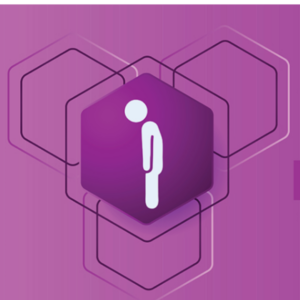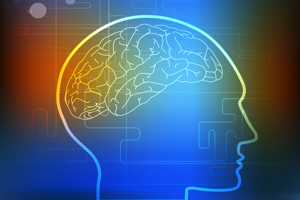Chronic pain is an entirely different beast than acute pain. Chronic pain comes from the brain and is perpetuated by inflammation, molecules that tell nerves and the brain that there is a problem. Chronic pain is also a subjective perception, how we think about pain affects our pain.
In the past few years, medicine has made pain the “5th vital sign”. I believe this was a mistake. When we focus on the pain, and when healthcare providers continually ask someone what their pain level is, we inadvertently perpetuate the patient’s pain, because what the brain focuses on becomes more real. Although well intentioned, I can’t help but remark that this new “vital sign” was introduced at the same time that Big Pharma told doctors that narcotics were not addictive. Those two things together pushed doctors to treat pain more aggressively than ever before, with the tragic consequences we are now experiencing as a nation.
But pain is NOT a vital sign. Unlike pain, when a true vital sign is too high or too low, you die. You still have vital signs when you are asleep or unconscious, but you do not have pain. Pain requires consciousness and is subjective, not objective.
It is also important to note that 75% of asymptomatic people over age 50 have MRI abnormalities, including bulging discs and stenosis that look like they would cause pain, but do not (1) (2). MRIs may be easily over-read or misinterpreted in chronic pain patients. It is critical to understand what is — and what is not — abnormal. Additionally, being told and shown a picture of a physical and permanent abnormality as a cause of pain makes it much harder for some to change the brain’s perception of pain, and may even ensure its chronicity.
The longer chronic pain has existed, the more comprehensive and individualized the treatment plan needs to be, but two key areas that must be addressed are inflammation and the brain.
Many chronic pain sufferers learn how to perceive their pain differently. Pain is always worse when you don’t know why it hurts because that’s scary. But when you understand why there is pain, when you know its source and what will and will not happen as a result of the pain, your nervous system calms down, adrenaline and cortisol go down, inflammation goes down and that, in fact, reduces pain.
The techniques that help with pain perception include meditation, mindfulness, hypnosis, guided imagery and cognitive behavioral therapies. These all help to decrease the brain’s perception of pain and to dampen the nervous system’s response to pain. Other approaches that are useful in reducing chronic pain include FSM (Frequency Specific Microcurrent), acupuncture, LDN (Low Dose Naltrexone), CBD, medical cannabis and low light laser, to name a few.
I have had great success with FSM, which is a unique energy resonance treatment especially useful in fibromyalgia, post-concussive fibromyalgia and in chronic nerve pain (where nothing else seem to work). FSM has given impressive and lasting results for many of my patients with a variety of chronic pain syndromes. It can be used to reset brain pathways as well as lower inflammation. LDN works in the brain to promote healing and improve immune function. It has been life-changing for a handful of my patients and very useful as an adjunct in the treatment of most of my other patients with pain syndromes.
Muscle spasms release chemical mediators that perpetuate inflammation and pain. Gentle exercise or daily movement is crucial, and therapeutic massage, chiropractic care, craniosacral therapy and other bodywork techniques are an important part of healing. Fascia is still a poorly understood system, but is an important part of inflammation and healing.
As with any disturbance in the body, the basics – sleep, diet and nutrition, a spiritual or community connection — are always critical (that’s why they’re basic!). No matter what else a clinician does, if those basic things are not addressed, other treatment modalities will be only marginally or temporarily effective.
Sleep is critical to all healing, especially to reboot the brain and decrease inflammation. An anti-inflammatory diet is also vital, and it is just as important to eat nutritious foods as it is to avoid inflammatory foods (gluten, dairy, added sugar, processed, artificial, GMO and refined foods). Correcting deficiencies and removing interfering issues are the foundation of Functional Medicine and this is especially true in chronic pain patients. Magnesium, vitamin D and several other deficiencies perpetuate pain, as can stress, depression, anger and other negative emotions.
Rather than treating only the symptoms, an individualized, holistic approach to resolving chronic pain must address inflammation and the perception of pain, and must strive to reset the brain-pain pathway.






